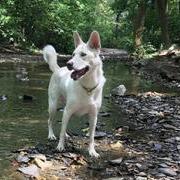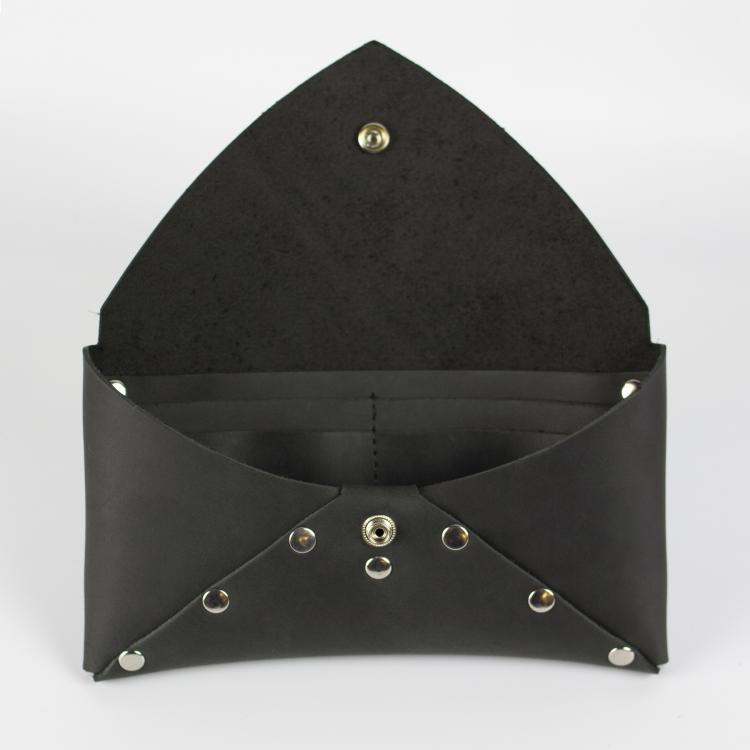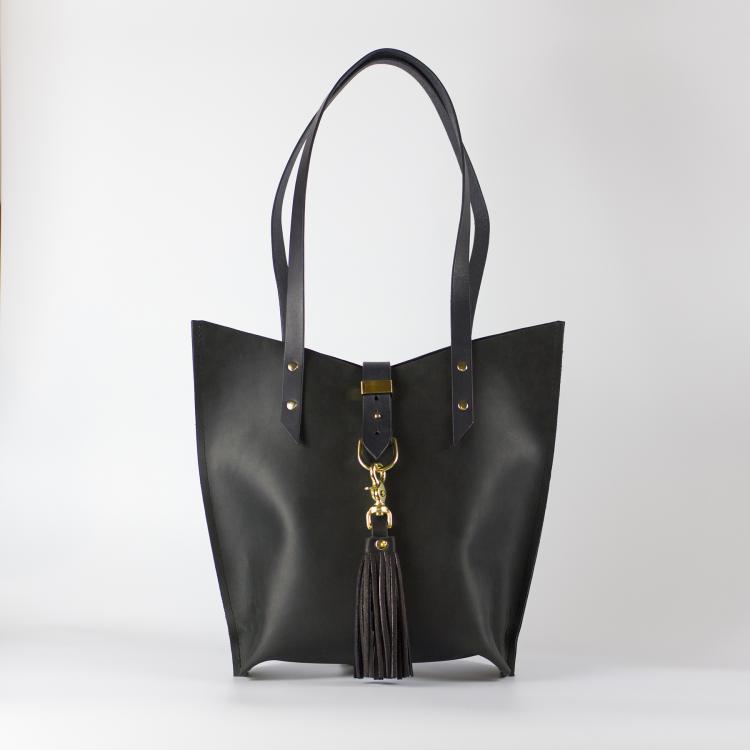-
Posts
9 -
Joined
-
Last visited
About AresUniversal
- Birthday May 16
Contact Methods
-
Website URL
http://www.seelmade.com
Profile Information
-
Location
Ohio, United States
LW Info
-
Leatherwork Specialty
Handbags, accessories
-
Interested in learning about
Machinery, construction methods
-
How did you find leatherworker.net?
Google
AresUniversal's Achievements

New Member (1/4)
-
I'm a couple of months deep into the hunt for a good used Kwikprint, and I thought posting here may help. I'd love an 86 floor model, but any bench mounted model will work as well. I'm located in Ohio and am willing to travel for pickup or have it shipped with a freight carrier. No hydraulics or auto-feeders, just looking for a solid machine with minimal to no rust and a good heating element. Trying to figure out how to delete this, I posted in the wrong forum topic.
- 1 reply
-
- wanted machine
- hot foil stamping machine
-
(and 2 more)
Tagged with:
-
Ended up purchasing a lovely Durkopp-Adler 269-373 today- went with the cylinder bed, now I just have to make a flatbed conversion for it . Huge thanks to everyone who pointed me in the right direction!
- 17 replies
-
I'm extremely appreciative of all the help I'm getting on this topic. You're all incredibly knowledgeable, so I don't want to sound like I'm doubting your opinions- I just want to make sure I'm communicating the variables properly. I understand that a patcher isn't a typical production machine, but would it suffice to use it as a secondary machine just for those "weird spots" in bags? I've never used an edge guide in the three years I've been making bags (unfortunately didn't know they existed), so that might not be an issue unless it's swiveling badly. What really draws me to it is the prospect of topstitching sideways through a cylindrical duffle or bucket bag. There just so happens to be a Singer 29k72 about 15 minutes away from me on Craigslist for $500 that the user is selling after getting out of leather working. It's a beautiful machine and I'm a bit of a hoarder, but unfortunately my little collection is for garment production at the moment- the strongest of which is what I'm forcing leather through after I got rid of my Juki LS-321. If I could make that patcher work I could save that for the few things I just can't do on a more affordable flatbed, which is my preferred machine type. But I don't want to fight the idea of getting a cylinder arm with a good flatbed converter if it's truly the best option for me.
- 17 replies
-
Do you think a cylinder arm with flatbed attachment would be better than a two machine setup with a Singer 29k72 Patcher that has the swiveling foot on a cylinder arm, along with a medium duty walking foot flatbed, Consew P1206-RB? I certainly agree with the need for a multi-machine setup, but right now I'm flying by the seat of my pants, trying to expand my line of products in order to open up to wholesale opportunities .
- 17 replies
-
This looks like the perfect setup! What kind of products do you make with it, and have you found the extra arm length and clearance necessary?
- 17 replies
-

Cowboy CB227R Medium Weight (Leather) Sewing Machine
AresUniversal replied to MCP111's topic in Old/Sold
Still available?- 4 replies
-
- used
- leather sewing machine
-
(and 1 more)
Tagged with:
-
After months of reading hundreds of forum topics and opinion articles, I'm finally breaking down and just asking outright. I'm looking for the "perfect" machine to be able to handle the types of handbags I make. At the moment, I do most of my construction with rivets and a non-walking foot Juki (terrible, I know) to skirt around forking out so much money for a proper machine, but the time has come. About my bags: I work primarily with 3-4 and 5-6 oz chrome and veg tanned leather. My current bag designs are simple and primarily rivet based (photos below), but I'm expanding to a line of bucket bags and backpacks that my poor tired flatbed has simply refused to sew. I would have to make drastic adjustments to the pattern that will chop up my minimalist design. A few months ago, I sold my cylinder arm Juki LS-321 (needle fed) because, aside from the needle feed mechanism not liking my seam overlaps, for the life of me - I could not get the thing to stitch straight unless I stitched as slowly as possible and held the leather tight from both the front and back. I have 6 years of rather intensive sewing experience on a flatbed, and tried to work with the LS-321 beast for a year so I don't think it was a learning curve issue, but I might be wrong. Now, my question is this: Is it possible to stitch handbags with a flatbed, or is it best to get a cylinder arm and a good flatbed platform for it? Further, what make and model do you recommend that is between $1-2k (preferably on the lower end) and has a good resource base of attachments that make production easier? I know this question has been asked a thousand times, but all of the topics I've read have had some caveat or compared craigslist ads they had found.
- 17 replies
-

I got into making dog collars
AresUniversal replied to Striver's topic in Collars, Cuffs, Leashes and Leads
Those are some serious collars! They look great! -

Leather needle/foot for normal sewing machine?
AresUniversal replied to purplecinnamon's topic in Leather Sewing Machines
As someone who used a home machine (although it was an "industrial/home hybrid" Juki) to learn the craft, I can say that if you're looking to stitch softer/lightweight-ish oil tanned leather like you're talking about, you can make a home machine work for a little while. The least you can do is give it a try. Brother home machines from the 70s are built pretty tough, so you might have some luck. I suggest hitting up a JoAnn Fabrics and getting a pack (or several) of leather machine needles, and some upholstery nylon thread that's #69 or a bit smaller (that's the thickest thread you'll be able to run through the machine). You'll want to set your stitch length almost as long as it goes, I had mine set between 5 and 6, ended up giving me a stitch about 3/16" long. The feed dogs will mark up oil tanned leather, so if you find yourself needing to do stitching with the face of the leather downward, either file down your feed dogs or sandwich some tissue paper between the leather and the machine, and pull it off when you're done. If the machine groans at you for stitching something too thick, and you're decently stubborn, you can always hand-turn the machine via the wheel or knob on the right, and you can get through about anything, albeit very very slowly and very very tiring on the wrist. Hope this is somewhat helpful, I've had to rig some pretty weird situations to make do with what I had before I was able to make the investment in a walking foot machine. You'd be surprised what you can accomplish if you're stubborn enough




